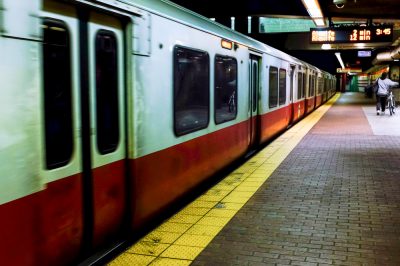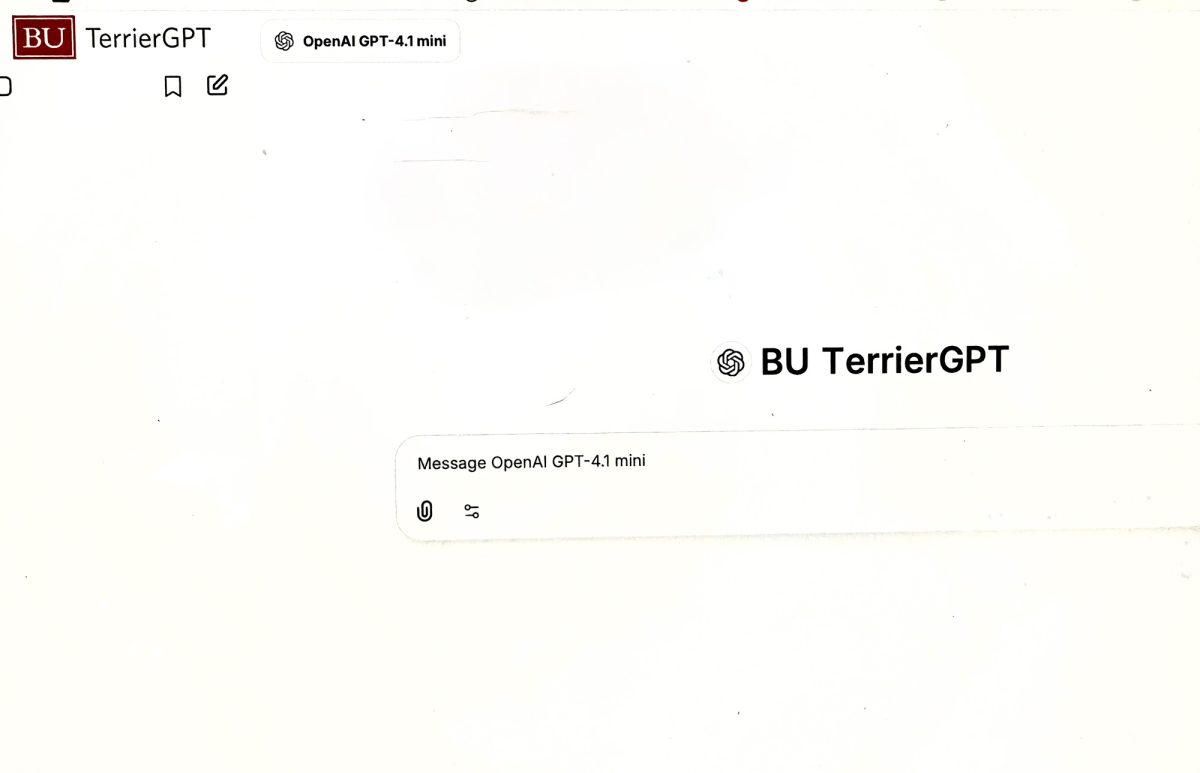The Massachusetts Bay Transport Authority launched its new interactive Speed Restriction Dashboard last Thursday, a site that allows users to view which sections of track have restricted speeds.

The MBTA website defines speed restrictions as “an area in which trains are required to run at slower-than-normal speeds because of track wear and tear or other problems.” The association’s latest attempt at increasing transparency has received positive early feedback, according to an MBTA spokesperson.
The Speed Restriction Dashboard is a map that contains markers indicating which sections of track have a restricted speed. Users can click on each marker to get information about that section of the track, including its length and lowest speed.
However, Seth Kaplan, a software engineer and volunteer at TransitMatters, a Boston transit advocacy group, said the attempt at transparency is still not enough.
“I don’t think it does a great job of mapping data to rider experience,” Kaplan said. “For example, it’s not easy to look at this data and say, as a commuter, how does this affect me without looking at every single slow zone and trying to do some calculations.”
Lisa Battiston, an MBTA spokesperson, said in an email that the MBTA hopes to improve the website by collecting public feedback from users.
“The MBTA continues to be interested in the public’s response to the Dashboard, and we hope to incorporate more features over time as we gather more feedback,” Battiston wrote in an email.
The dashboard launch comes at a time when the MBTA is having issues with delays and undergoing maintenance on the Red Line.
“Major track improvement work is planned on the Red Line next month in order to alleviate speed restrictions,” wrote Battiston.
This work will result in several line closures over the next month, according to the MBTA’s website.
The T is also still suffering from staffing and funding issues, which led to the Federal Transit Administration giving the MBTA special directives last summer, according to the FTA website.
“It’s one of the only major transportation agencies that doesn’t have a direct source of funding from the legislative branch,” said Kaplan. “We need the legislators to provide a steady source of funding for the MBTA so it can not only keep doing expansions like the Green Line extension, but also get the system back to a state of good repair.”





















































































































